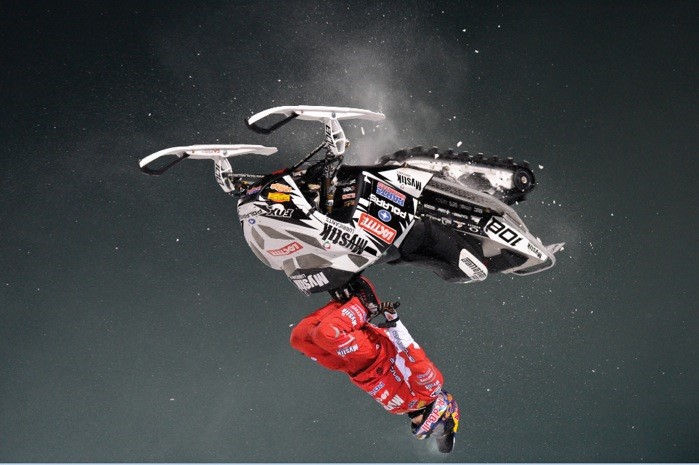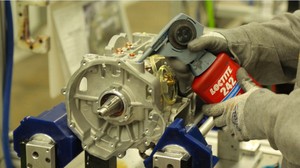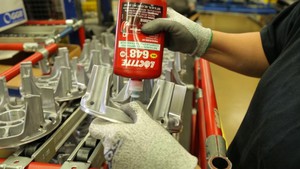

|
Edward Lowton
Editor |


|
| Home> | Production Engineering | >Fasteners, springs and adhesives | >LOCTITE® products prove winners at racing snowmobile specialist Polaris |
LOCTITE® products prove winners at racing snowmobile specialist Polaris
11 December 2015
Loctite threadlockers are used on all threaded fasteners throughout Polaris snowmobiles, eliminating any possibility of loosening under vibration. At critical interfaces such as engine mounts, these adhesives permanently secure the threaded fasteners that attach the engine to the chassis. Failure here could mean disaster.

Interference fits between cylindrical parts are equally important in snowmobiles. Henkel says that retaining compounds – liquid anaerobic structural adhesives that cure or polymerise when confined without air between close-fitting metal surfaces – enable engineers to design robust, lightweight interference-fit joints at a lower cost than traditional interference fits by reducing the required dimensional precision.
Additional benefits of retaining compounds include their potential to seal an assembly to prevent corrosion, as well as fill surface irregularities and clearance gaps between metal parts.
Pro Snocross racer and freestyle rider Levi LaVallee relies exclusively on Polaris as his racing machine of choice. He comments: "The one thing that makes you feel good about doing crazy things like distance jumps and double back flips is knowing that, when Polaris is putting their sleds together, they're using Loctite."
One example sees the bonding of the snow drive clutch cover bearings and the moveable sheave bearings. Here, the clutch has to operate reliably in an environment where temperatures range from -40°C to +90°C. In this case, Polaris engineers specify Loctite 648 to ensure that the bearings are fully seated and retain their position throughout the life of the machine.
In an engine application example, where operating temperatures can reach 230°C, Loctite 620 retaining compound is used for retaining crown shaft bearings as it is formulated to survive higher temperatures than the engine is likely to achieve at its hottest.
When LaVallee attempted his world record distance jump on New Year's Eve 2012, he blasted off the ramp at 100 mph, launched through the air across San Diego Bay, and touched down more than 120m later. The sled was fine, despite having come down hard at 111 mph from an altitude of approximately 21m on to a landing platform made of metal and wood. After his celebrations, LaVallee jumped back on to the sled, which started up immediately and ran in top form. He credits Loctite threadlockers and retaining compounds for the health of his machine.
- Loctite cleans up
- Engineering adhesives, sealants and functional coatings
- Henkel introduces new handheld adhesives dispensers
- Ways to form a special bond
- Hazard label free adhesives
- Adhesive technology: It's on the up
- Promotional pack may be a winner
- Mobile maintenance app
- DO YOU KNOW ABOUT THE NEW LOCTITE® RANGE OF MAINTENANCE PRODUCTS?
- Boosting the scope of shrink fits with engineering adhesives



















